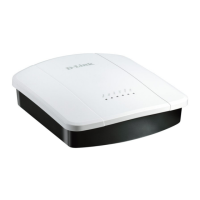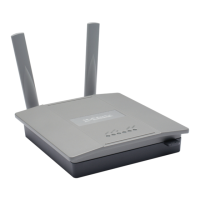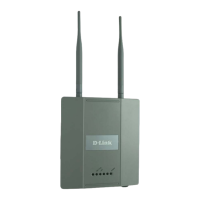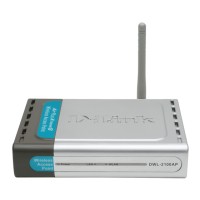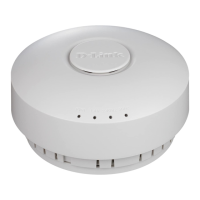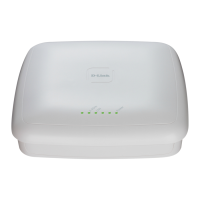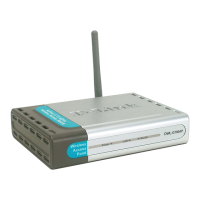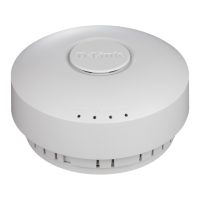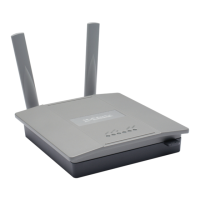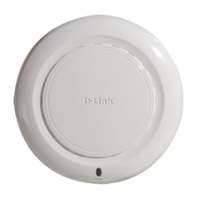D-Link UAP Software User Manual
12/10/09
Page 60 Controlling Access by MAC Authentication 34CSFP6XXUAP-SWUM100-D13
CONTROLLING ACCESS BY MAC AUTHENTICATION
A Media Access Control (MAC) address is a hardware address that uniquely identifies each node of a network. All IEEE 802
network devices share a common 48-bit MAC address format, usually displayed as a string of 12 hexadecimal digits
separated by colons, for example
00:DC:BA:09:87:65
. Each wireless network interface card (NIC) used by a wireless
client has a unique MAC address.
You can use the Administrator UI on the AP or use an external RADIUS server to control access to the network through the
AP based on the MAC address of the wireless client. This feature is called MAC Authentication or MAC Filtering. To control
access, you configure a global list of MAC addresses locally on the AP or on an external RADIUS server. Then, you set a
filter to specify whether the clients with those MAC addresses are allowed or denied access to the network. When a wireless
client attempts to associate with an AP, the AP looks up the MAC address of the client in the local Stations List or on the
RADIUS server. If it is found, the global allow or deny setting is applied. If it is not found, the opposite is applied.
On the VAP page, the MAC Authentication Type setting controls whether the AP uses the station list configured locally on
the MAC Authentication page or the external RADIUS server. The Allow/Block filter setting on the MAC Authentication
page determines whether the clients in the station list (local or RADIUS) can access the network through the AP. For more
information about setting the MAC authentication type, see “Virtual Access Point Settings” on page 46.
CONFIGURING A MAC FILTER AND STATION LIST ON THE AP
The MAC Authentication page allows you to control access to UAP based on MAC addresses. Based on how you set the
filter, you can
allow
only client stations with a listed MAC address or
deny
access to the stations listed.
When you enable MAC Authentication and specify a list of approved MAC addresses, only clients with a listed MAC address
can access the network. If you specify MAC addresses to deny, all clients can access the network except for the clients on
the
deny
list.
To enable filtering by MAC address, click the MAC Authentication tab.
Figure 14: Configuring MAC Authentication
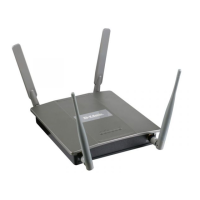
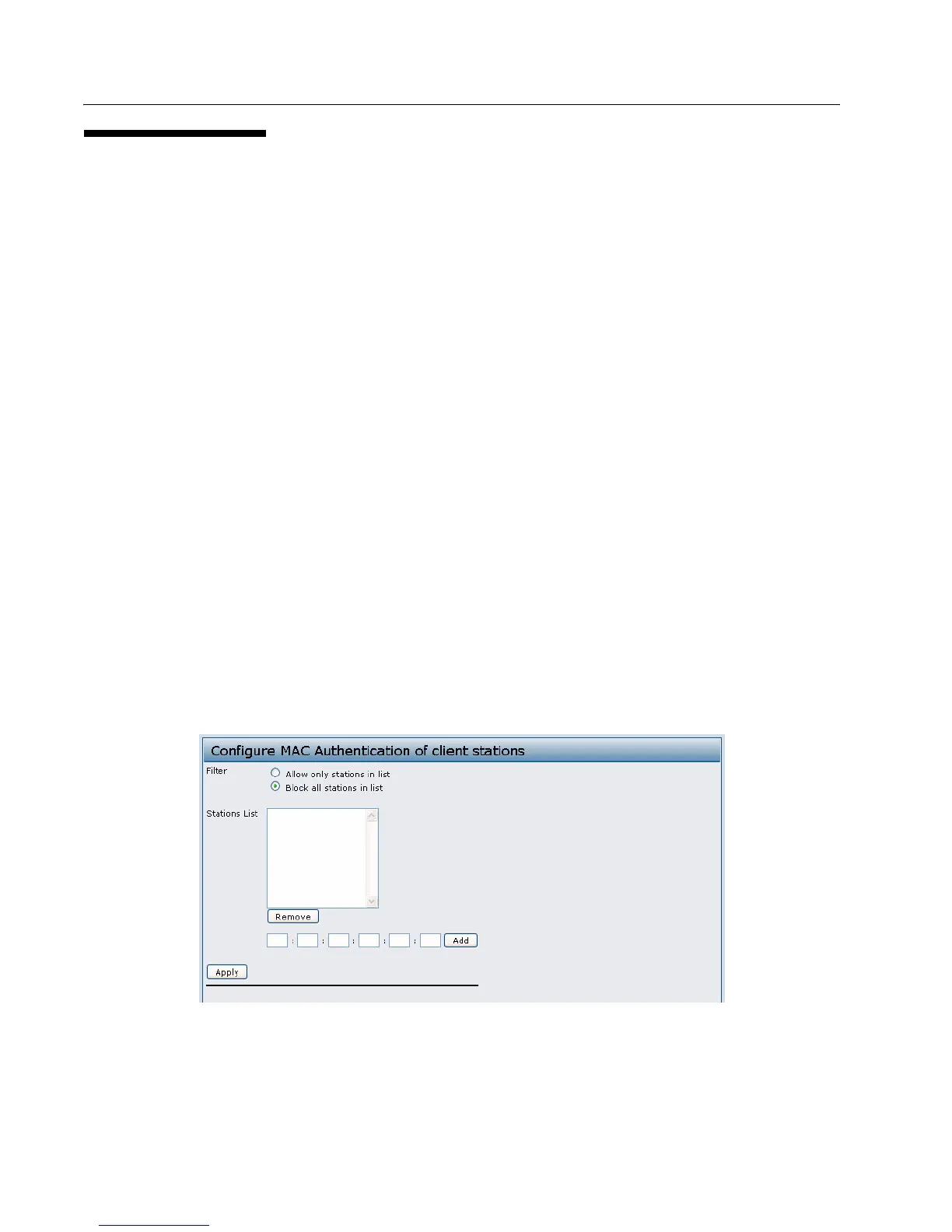